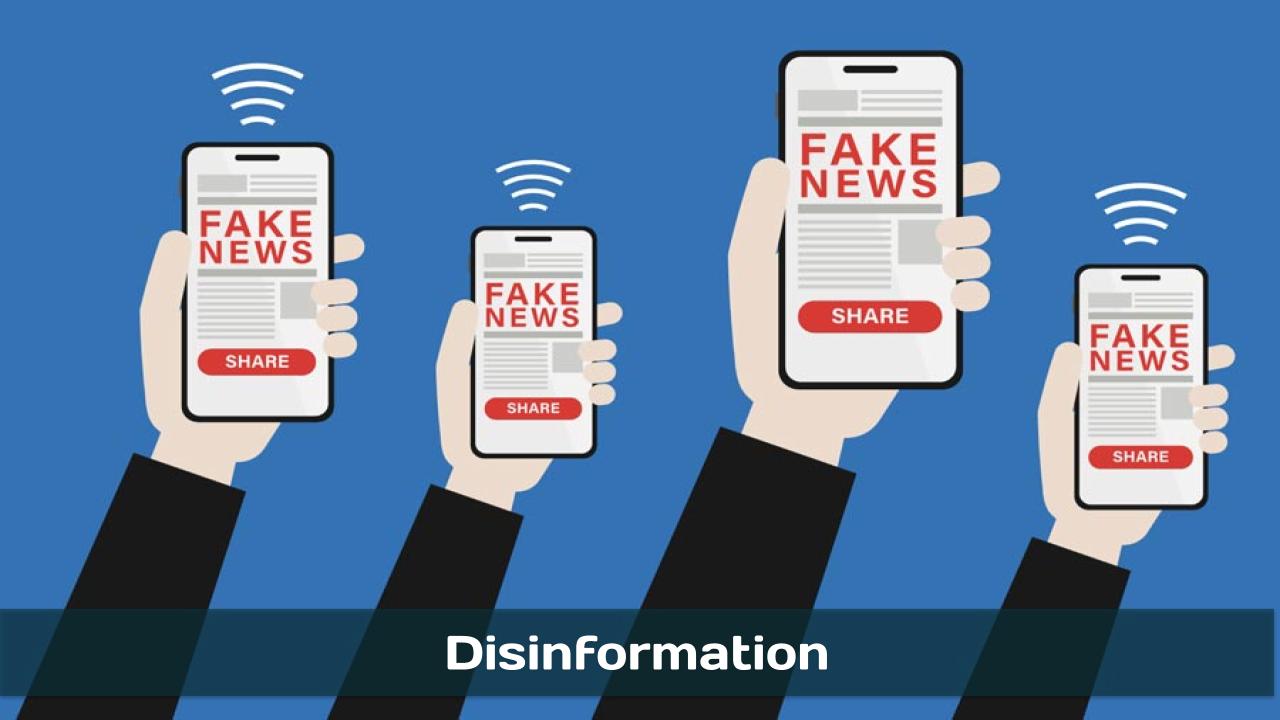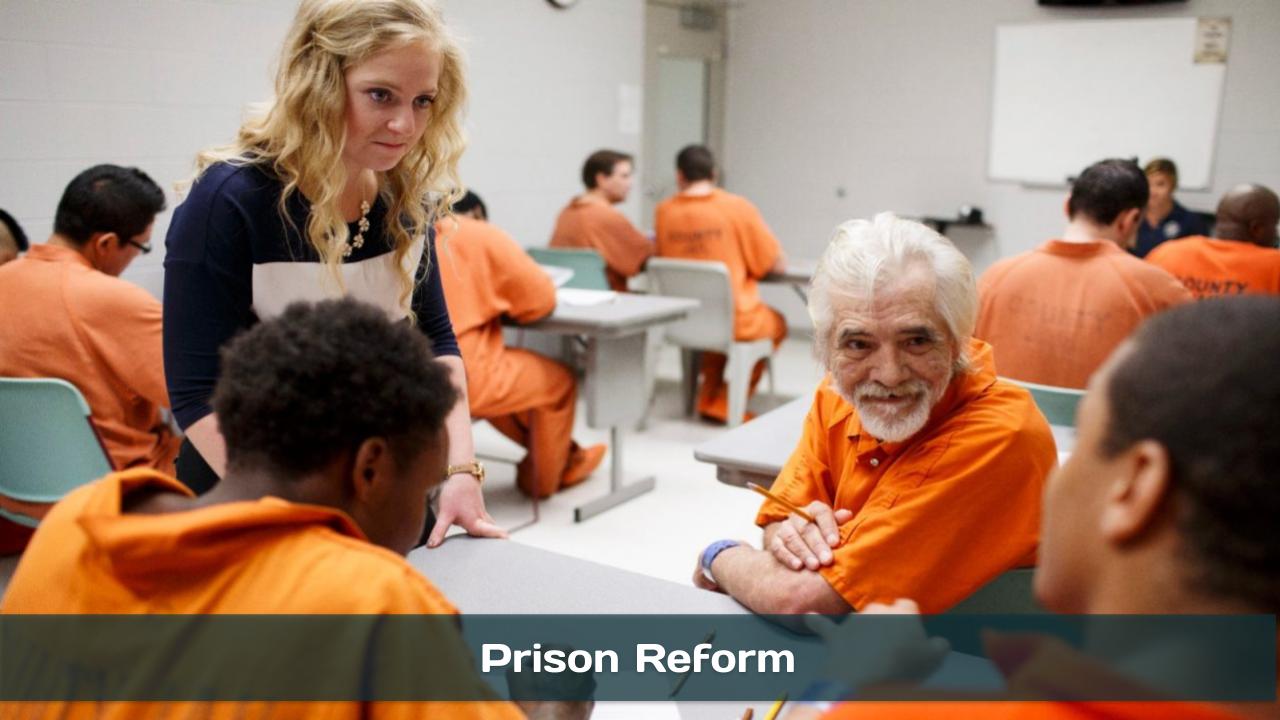Public safety is the protection of the public from harm and danger. It involves a wide range of activities and services designed to ensure the well-being and security of individuals and communities.
- There are many issues related to Public Safety that Congress is looking to address with legislation. In the ‘About’ section of this post is an overview of the issues and potential solutions, party positions, and web links. Other sections have information on relevant committees, chairs, & caucuses; departments & agencies; and the judiciary, nonpartisan & partisan organizations, and a wikipedia entry.
- To participate in ongoing forums, ask the post’s curators questions, and make suggestions, scroll to the ‘Discuss’ section at the bottom of each post or select the “comment” icon.
The Public Safety category has related posts and three posts on issues of particular focus: Gun Laws, Disinformation, Prison Reform.
TEDx Talks – 15/05/2019 (18:15)
https://www.youtube.com/watch?v=itptti4f-V8
Troy Riggs talks about his experience with public safety, and ways that the major cities within the United States of America can improve their public safety efforts.
OnAir Post: Public Safety








